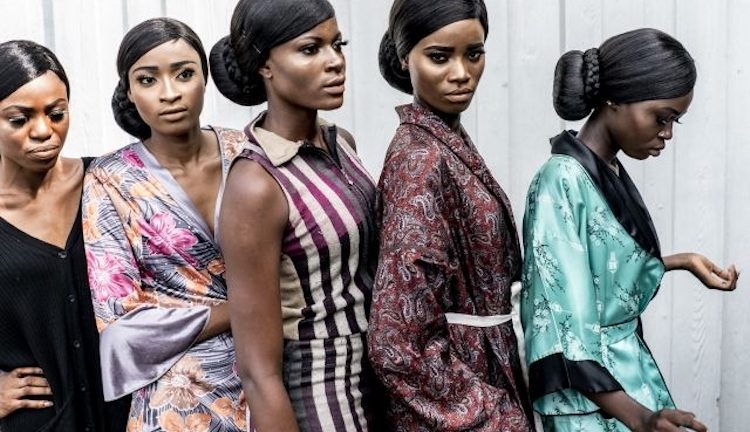By Lisa Vives, Global Information Network
NEW YORK | 7 November 2023 (IDN) — If you thought UNESCO was just about dusty old artifacts, think again.
UNESCO, which stands for United Nations Educational, Scientific and Cultural Organization, was created in 1945 “to build peace through international cooperation as the only way to build bridges between nations.”
As a laboratory of ideas, UNESCO has a broad range of expertise in Education, the Sciences and Culture. This year they sponsored African Fashion Week that included a roundtable discussion on the African Fashion Sector: Trends, Challenges, and Opportunities for Growth—with internationally renowned figures and entrepreneurs exploring the role of African fashion designers as catalysts of sustainable development.
African fashion is in a boom era, according to UNESCO’s inaugural report on African fashion trends. Increased demand has come from an expanding urban middle class in Africa and international buyers, who value the originality and quality of African design and craftsmanship. It estimates annual African textile, clothing, and footwear exports at $15.5 billion.
But Africa’s potential is still held back by myriad challenges, from poor infrastructure, sparse investment and limited intellectual property protections, plus difficulties accessing new markets and sourcing quality materials, the report said. Africa’s textile, clothing and footwear trade deficit is $7.6 billion, a consequence of decades of policy changes that stifled local production, inviting an influx of second-hand clothing from abroad.
Despite a minefield of obstacles, Africa’s fashion entrepreneurs are undeterred. Institutional funding on the scale flowing to African film, music and technology startups has yet to consider fashion a noteworthy investment category. That compels brands to constantly scramble to find capable staff willing to commit to long periods of engagement.
Hand-made designs to be worn by upper middle class career professionals and fashion enthusiasts have become a favored product of many African fashion houses. But industrial-scale production for the mass market is on the rise too. An example is in Rwanda where Ashanti rolls out thousands of ready to wear garments from a 24,000 square foot plant powered by over 4,000 staff. [IDN-InDepthNews]
Image source: Global Information Service
IDN is the flagship agency of the Non-profit International Press Syndicate.


